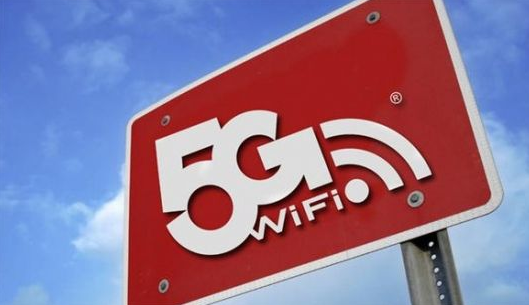On January 16, 2018, the MT-2020 (5G) Promotion Group released the third phase of the 5G technology R&D test in Beijing. It is expected that the main links of the 5G industry chain will reach the pre-commercial level at the end of 2018, laying the foundation for 5G scale trials and commercialization. . As the 5G technology R&D trial enters the third phase, Qorvo, as the world's leading provider of innovative RF solutions, will help partners further improve their products in the 5G commercialization of product definitions, helping the development of the 5G industry chain.
Compared with the previous 2G, 3G, and 4G communication, 5G communication has mainly made three major technological changes in order to upgrade the communication speed and capacity: one is to use more communication frequency bands, and the other is to use MIMO. Multi-antenna technology, the third is the use of carrier aggregation technology.

First, in terms of communication frequency bands, by 2020, the number of frequency bands supported by 5G applications will double, and more than 50 communication bands will be added. The total number of bands supported by global 2G/3G/4G/5G networks will reach 91 or more. As the frequency band continues to increase, not only will the difficulty of filter design increase significantly, but the number of corresponding filter sales will be several times higher than the current one. In addition, in terms of practical applications, domestic mobile phones generally support five-mode and thirteen-frequency, that is, the number of supported frequency bands is 13, while the previous 2G mobile phones only need to support four frequency bands, and the 3G mobile phones support at least nine frequency bands. The number of frequency bands has increased significantly during each generation of communication system upgrades.
Secondly, in terms of MIMO multi-antenna technology, MIMO technology has doubled the speed and capacity of communication, and is one of the key technologies for LTE and the future 5G. In order to increase the communication rate, it is expected that by 2020, MIMO 64x8 will become the standard configuration, that is, the base station side uses 64 antennas, and the mobile terminal adopts 8 antenna configuration modes. Most mobile phones on the market currently only support MIMO 2x2 technology. If MIMO 64x8 technology is adopted, the number of base station antennas needs to be increased by 31 times, and the number of mobile antennas needs to be increased by 3 times. It can be said that the popularization of MIMO technology not only brings a huge incremental market to the antenna industry, but also brings fast-growing industry opportunities for base stations and terminal antennas.
Finally, in the carrier aggregation technology, since the carrier aggregation technology combines several narrow frequency bands into one wide frequency band, the transmission rate is greatly improved, and the performance requirements of the radio frequency device and the complexity of the radio frequency system are greatly increased. With the gradual popularization of carrier aggregation, the RF MEMS switch industry will see rapid growth. At present, RF switches based on SOI technology are approaching the technical limit and cannot meet the requirements of IIP3=90dbm. The only switch that can achieve the RF performance goal of IIP3 > 90dbm is the RF MEMS switch, so RF MEMS switches will usher in deterministic growth opportunities in the next 5G era.
In fact, RF devices are already a large market with a scale of more than 20 billion US dollars, and the explosive demand for RF devices such as 4G+, 5G, and the Internet of Things will certainly accelerate the development of this market. Market research firm Yole's previously published RF Power Markets and Technology Trends - 2017 Edition report predicts that the global RF power component market value will climb from $1.5 billion to $2.5 billion in 2016-2022, with a compound annual growth rate of 9.8%. .
As the pace of 5G continues to accelerate, competition among major vendors is becoming more intense, and they are trying to seize the dominance of the 5G era, and Qorvo is no exception to the world's leading provider of innovative RF solutions. Qorvo has accumulated many core technologies in 5G related fields, from LowDriftTM and NoDriftTM filtering technologies, antenna tuning technology to RF FusionTM and RF FlexTM RF front-end solutions, to more basic GaN technologies, Qorvo offers Industry-leading core architecture, filters and switching products. In addition, Qorvo is actively working with operators and standards bodies to make 5G ideals a reality.
DBS diode series patch rectifier bridge stack is composed of 4 rectifier diodes connected and packaged in the form of a bridge full-wave rectifier circuit, which belongs to a full bridge. There are four lead-out pins, the connection point of the negative poles of the two diodes is the "positive pole" of the DC output terminal of the full bridge, and the connection point of the positive poles of the other two diodes is the "negative pole" of the DC output terminal of the full bridge. Reverse repetitive peak voltage range: 50V~1000V, average rectified output current 0.8A~1.5A: forward non-repetitive surge current 30A (60Hz sine wave, one cycle, Tj=25°C). For specific parameters, please refer to the specification or consult online customer service.
DB-S diode,DBS Bridge Rectifiers,DBS SMD Bridge Rectifier Diode,Bridge Rectifier Diode DBS
Changzhou Changyuan Electronic Co., Ltd. , https://www.cydiode.com